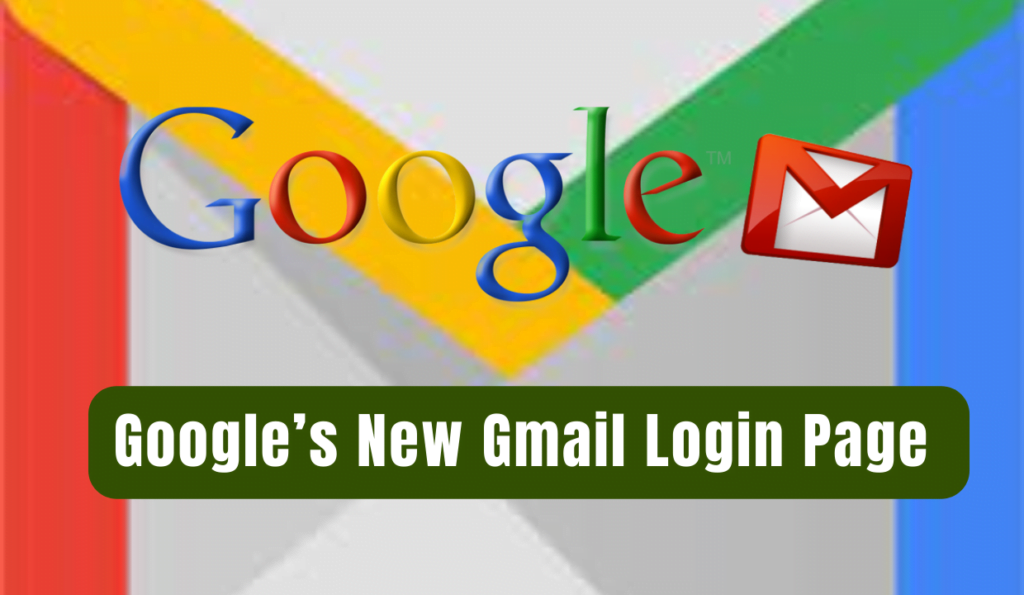Summary:
- Google intends to update its product and service login page with a more modern appearance.
- Google’s Material Design 3 concepts (minimalist look) are anticipated to be incorporated into the redesign.
- While many Google Account login screens now display a banner announcing upcoming changes, the company has just stated that the redesign will be accessible “soon.”

Google is improving its Gmail login page. A new Gmail login screen revealed that Google is redesigning its look. The company is about to give all its sign-in pages, including Gmail, a clean, contemporary redesign.
While many Google Account login screens now display a banner announcing upcoming changes, the company has just stated that the redesign will be accessible “soon.”
Google’s Plan to Modernize Gmail Login Page and Beyond
Many of Google’s products and services need you to log into your account, regardless of whether you use Drive, Gmail, or Google Home. We have been using its plain login page for years. Google now appears to be trying to update its look to be more modern. The company recently announced its intent to redesign its user interface, as seen through the Gmail sign-in page and a few others.
Many Google users started receiving notifications at the top of login pages indicating that Google is working on a new, more “modern” design. But no release date has been given- the company just says that changes are “coming soon.”
It is anticipated that this update will include Google’s Material Design principles, which are known for their simple yet intuitive style. This indicates a significant aesthetic improvement focused on improving the user experience during the sign-in process.

We anticipate that many of Google’s Material Design concepts will be included when it launches. The design language, which debuted with Android 5.0 Lollipop about ten years ago, has developed over time and is currently in its third version, known as Material Design 3 (or Material You). It appears that the login page will get the same treatment as the Google Account switcher on Android and the web, which was changed to “Material You” last year.
Although Material Design 3 has been available since the release of Android 12 in the year 2021, Google has been slower to integrate it into its other products. Even when it does, the changes are frequently subtle. The “Monet” dynamic coloring feature on Android phones has proven quite beneficial. It color-samples the phone’s wallpaper to match app accent colors and backgrounds, but the changes are less noticeable for web services. Perhaps the most noticeable adjustments made to these surfaces by Material You have been to sliders, progress bars, and toggle switches.
This is not Google’s first attempt to implement a more modern User Interface across all of its services and products.
Last year in November, Chrome underwent significant Material Design improvements, including new style icons that are aesthetically unique and aimed at improving legibility and user engagement.
It’s also important to note the “modern” factor in Google’s upcoming changes. These changes are likely not going to stop at colors only, but a minimalist look is anticipated when the company completes these changes. In the case of Chrome, Google introduced different color palettes for both the browser’s tabs and the toolbar, providing an additional layer of personalizing and visual appeal.
The login process will likely undergo similar modifications. Google is addressing the long-standing concerns of design consistency and expanding its ecosystem with these modifications.

Google’s Initiative: Exploring Alternatives to Passwords
That Google has been pushing passkeys as an alternative to passwords for a while is not surprising.
It is important to note that making big changes like setting passkeys as the default login method for workplace and personal accounts and leading the charge to add new partners to expand passkeys support online are not to be taken lightly.
It’s quite probable that Google intends to emphasize the usage of passkeys even more with this change. Although Google’s sign-in pages already encourage users to utilize them, doing so is now more of an afterthought than it should be given that this is the default form of sign-in.
Remember that this is speculation at this stage. Google’s intentions on this topic are unclear but given how noticeable the redesign notification is already on sign-in pages, it’s likely not long until we learn more.






